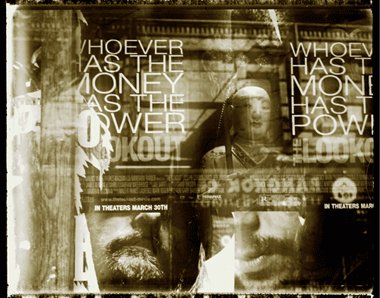In Tricycle’s most recent issue there is a piece titled “It Takes a Saint.” In this piece, Tai Situpa Rinpoche shares his beliefs on what it will take for Buddhism to become truly established in the West. He writes,
“I’ll make it simple: One Western person must attain full enlightenment in the same way as Marpa, Milarepa, or Padmasambhava. If one Westerner—man or woman, doesn’t matter—attains that level of realization, then pure dharma will be established in Western culture, Western language, and environment, and so forth. Until that time, dharma can be taught in the West, which is already happening; it can be practiced in the West, which is already happening; and it can be recited in Western languages. But it’s not yet one hundred percent complete.”
Read the whole piece here. For me, it was love at first sight with this article. I remember reading it for the first time and holding back the urge to cheer while reading certain passages (particularly when Tai Situpa speaks of what would happen if such a Mahasiddha rose above New York City while singing the perfect dharma song for New Yorkers). Yet before long I realized that what was striking me so deeply was not necessarily what he was saying, but where the piece was taking me in my mind—to a West where the Dharma was utterly thriving. THAT is what had me on the verge of joyful cheers. Once I noticed this, I began to question his main point and I realized that while I don’t necessarily disagree, I don’t necessarily agree either. I’m not sure what the answer to the question is. I began to bring this topic up with others to see what they had to say. I asked a good friend of mine, another second generation Western Buddhist, and she stated that the Dharma IS established in the West, it’s just young. She used an analogy of Western Dharma being like a two foot tall baby tree and explained that just because it’s ancestors are massive magnificent old-growth trees it doesn’t make it any less of a tree. I like this analogy. I also brought this question up while talking to the scholar Jeff Watt, the director of Himalayan Art Resources (and my old boss!) and his response was very different than that of Tai Situpa Rinpoche. When I first began working for Jeff many years ago, he was very quick to educate me about the traditional meaning of the word “sangha” (as in the third jewel of Buddhism in which we take refuge). In the tradition I grew up in “sangha” refers somewhat generally to the “community of practitioners” but Jeff explained to me that sangha actually means “community of monastics.” He stated that what is lacking in the West is a strong and dedicated monastic community. Unlike Tai Situpa’s assertion that Western Dharma can become truly established by the attainment of just one Mahasiddha, Watt believes that the monastic commitment of many is what will strengthen and fortify Western Dharma. The analogy that came out of this conversation is that a dedicated monastic tradition is like an great engine, a tried and true reliable machine, that steadily produces realized practitioners and great teachers. I think this is a very important point, and the occasional cynic in me can only help but notice that in a culture where what Chogyam Trungpa would call “Spritual Materialism” is so prevalent, there are far more people whose involvement with Buddhism is more like a part-time self-help hobby than there are people that would ever make the serious committment of taking monk’s vows. Please share your own thoughts on this important subject!
